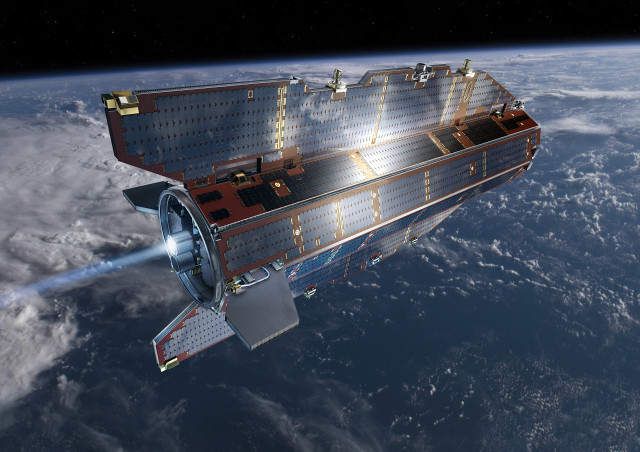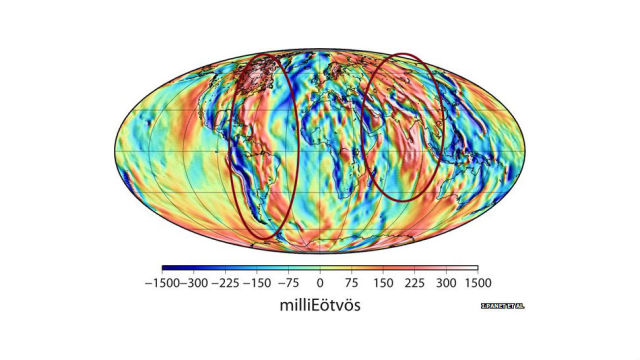This Gravity-Sensing Satellite is Helping Oceanographers Understand The Seas a Whole Lot Better
Jan 28, 2014 19:57

The GOCE satellite's continuing quest is to study the Earth's interior from space. Now, the results are in and they've just been published in the journal Nature Geoscience. It gives scientists an unprecendented look at our planet's mantle.
The Gravity Field and Steady-State Ocean Circulation Explorer was built to study Earth's gravitational field. It was the first satellite to be entirely solid state, and included one big integrated gravity measuring sensor detecting variations to the earth's pull by measuring the gravitational differences between group of on-board test masses.

"Ultimately, volcanic activity and earthquakes occur because of these slow movements inside the Earth's mantle," Dr Isabelle Panet from the Paris Institute of Earth Physics, France, told the BBC. "The volcanoes and earthquakes are, if you like, just the surface expression of these deep dynamics."
These readings are important, because it will help oceanographers better understand the direction and speed of geostrophic ocean currents by combining sea surface height data with the gravity maps generated from GOCE.
[Wiki - BBC - ESA 1, 2 - Image: ESA]







































































